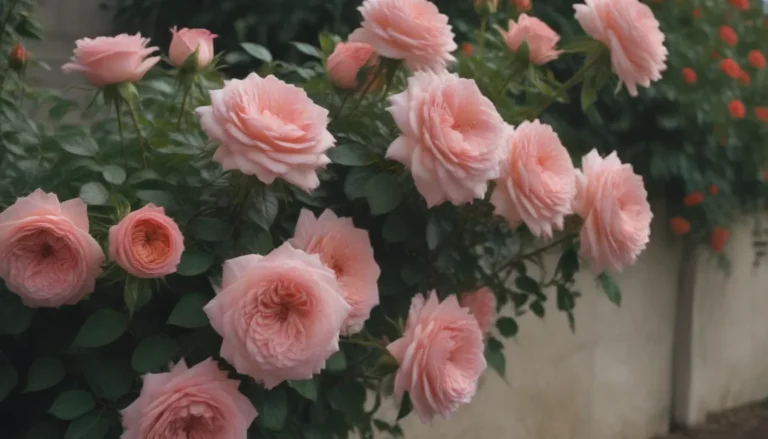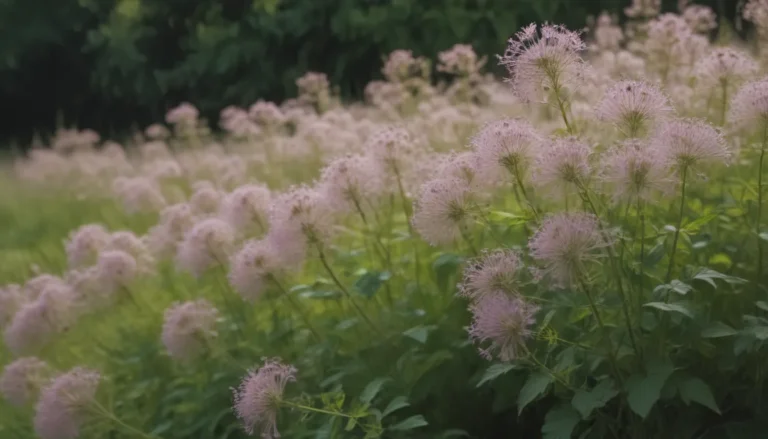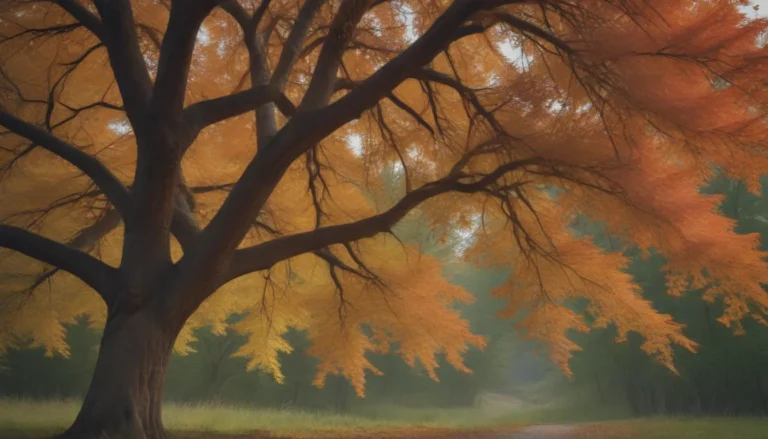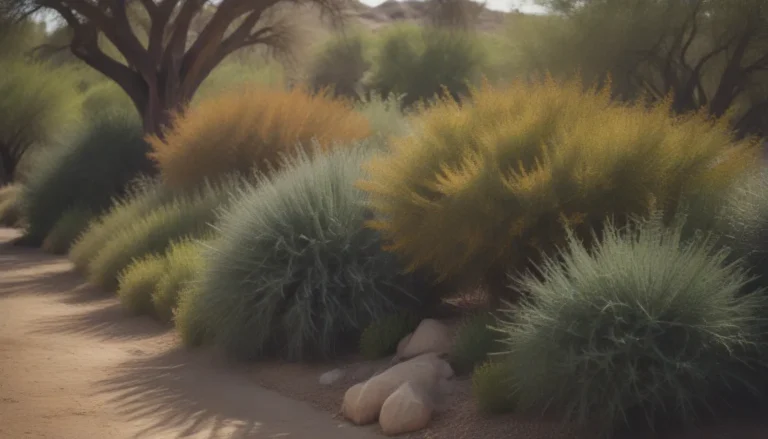Growing and Caring for Chickpeas: A Complete Guide
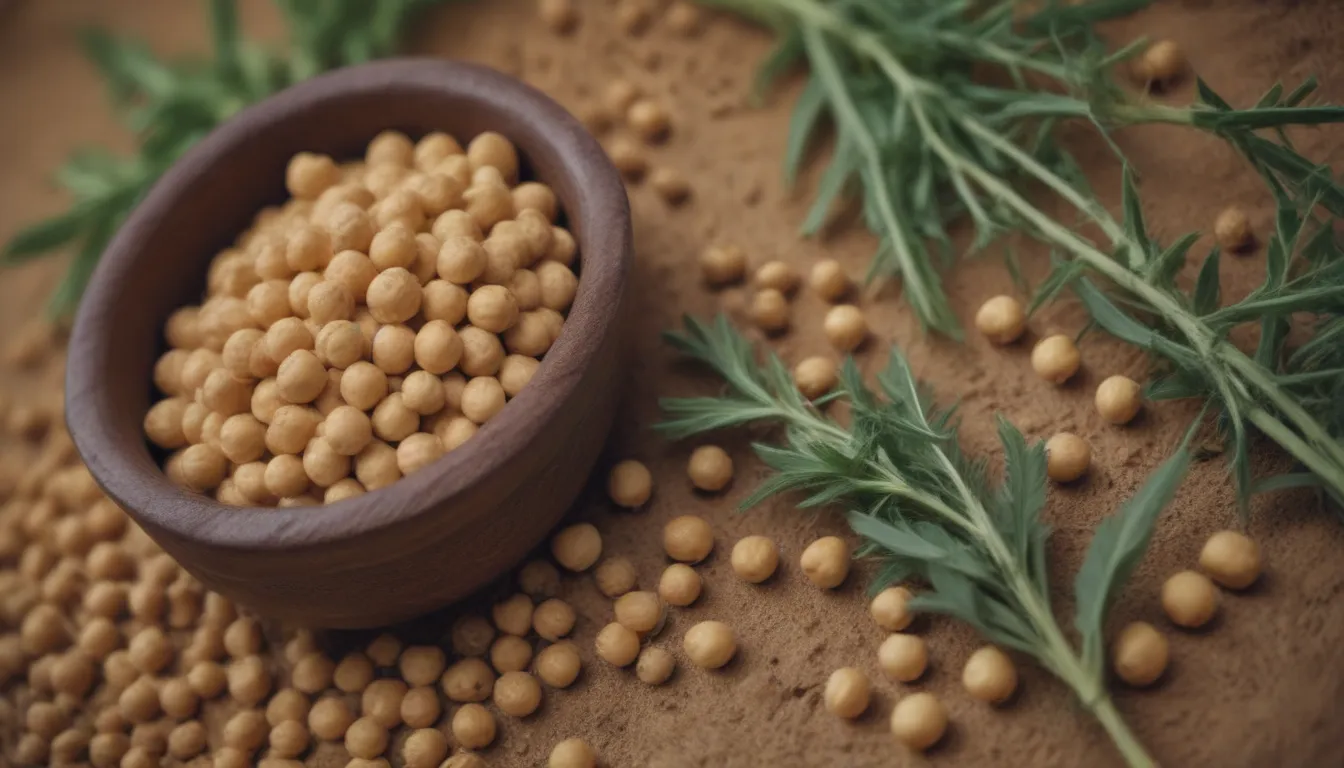
Chickpeas, also known as garbanzo beans, are a versatile legume used in various cuisines around the world. While they may not be botanically peas, they are easy to grow and care for in your own backyard. In this comprehensive guide, we will explore everything you need to know about planting, growing, and harvesting chickpeas.
Why Chickpeas?
Chickpeas are a healthy and nutritious addition to any diet, packed with protein, fiber, and vitamins. They are commonly used in Mediterranean, Middle Eastern, and Indian dishes, making them a versatile ingredient to have on hand. By growing your own chickpeas, you can ensure a fresh and sustainable source of this delicious legume.
Getting Started
Planting Chickpeas
Chickpeas thrive in warm, sunny conditions with well-draining soil. Here’s how you can get started with planting your own chickpeas:
- When to Plant: Wait until the soil temperature reaches at least 50 degrees F in the spring before planting.
- Starting Indoors: Begin by starting chickpea seeds indoors two to four weeks before the average last frost date. Use coir or paper pots to transplant them into the garden without disturbing the roots.
- Selecting a Planting Site: Choose a location with full sun and fertile soil. Avoid planting chickpeas in the same spot where other legumes were grown the previous year.
Plant Care Tips
Chickpeas are relatively low-maintenance plants, but they do require some care to thrive. Here are some essential tips for caring for your chickpea plants:
- Light: Chickpeas need 6 to 8 hours of sunlight daily, though they benefit from some afternoon shade in hot climates.
- Soil: Ensure the soil is nutrient-rich, with good drainage and a pH range of 5.3 to 7.
- Water: Keep the soil evenly moist, especially during dry periods. Water slowly and deeply to reach the plant’s roots.
- Temperature and Humidity: Chickpeas prefer daytime temperatures between 70 and 80 degrees F and moderate humidity.
- Fertilizer: Use a fertilizer high in phosphorus and potassium, avoiding excess nitrogen which promotes foliage growth.
Types of Chickpeas
There are two main types of chickpeas: Kabuli and Desi. Each type has its own unique characteristics and uses in cooking.
- Kabuli: [image here]
- Desi: [image here]
Harvesting and Storing Chickpeas
Depending on your growing conditions, chickpeas are typically ready to harvest in 85 to 100 days after planting, usually in late summer. Here’s how you can harvest and store your chickpeas:
- Harvesting: Wait until the leaves have withered and turned brown before pulling up the entire plant, including the roots. Let the plant dry in a warm, well-ventilated area until the pods split and the seeds are visible.
- Treating for Storage: To ensure the chickpeas are pest-free, either pasteurize them in the oven or freeze them before storing in an airtight container in a cool, dry place.
Growing Chickpeas in Containers
Chickpeas are well-suited for container growing, making them a great option for small spaces or urban gardens. Here’s how you can grow chickpeas in pots:
- Container Requirements: Use a container with good drainage and well-draining potting mix.
- Planting: Start with more plants and thin them out to leave only four plants per square foot.
- Care: Container plants may require more frequent watering and fertilizing than those in the ground.
Common Pests and Diseases
While chickpeas are relatively resistant to insects due to their hairy leaves and stems, they are susceptible to fungal diseases such as Ascochyta blight and root rot. Proper spacing, watering practices, and avoiding overhead watering can help prevent these issues.
Additional Tips and Tricks
- Pruning: While chickpeas don’t require pruning, thin out seedlings to allow for proper spacing between plants.
- Propagation: Save chickpeas from your harvest to use as seeds for the next growing season.
- Growing from Seed: Chickpeas do not need to be soaked before planting, but using an inoculant can help promote healthy growth.
- Overwintering: Chickpeas are an annual crop, so there is no need for overwintering practices.
In conclusion, growing and caring for chickpeas can be a rewarding experience for any gardener. By following these tips and guidelines, you can enjoy a bountiful harvest of fresh, nutritious chickpeas to use in your favorite recipes. Whether you’re a seasoned gardener or a beginner, chickpeas are a great addition to any home garden. So why not give them a try this growing season and enjoy the fruits of your labor in the kitchen!
